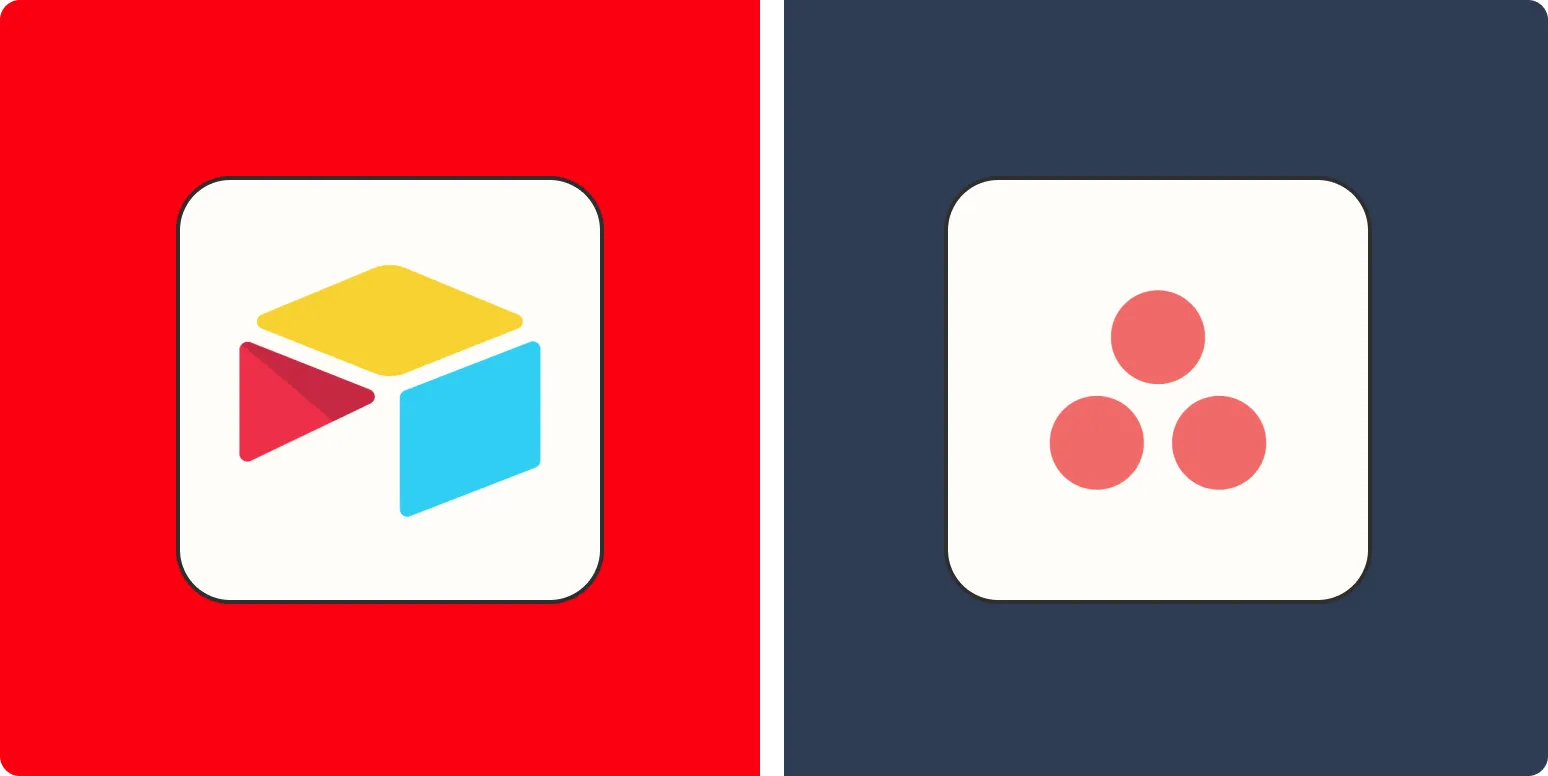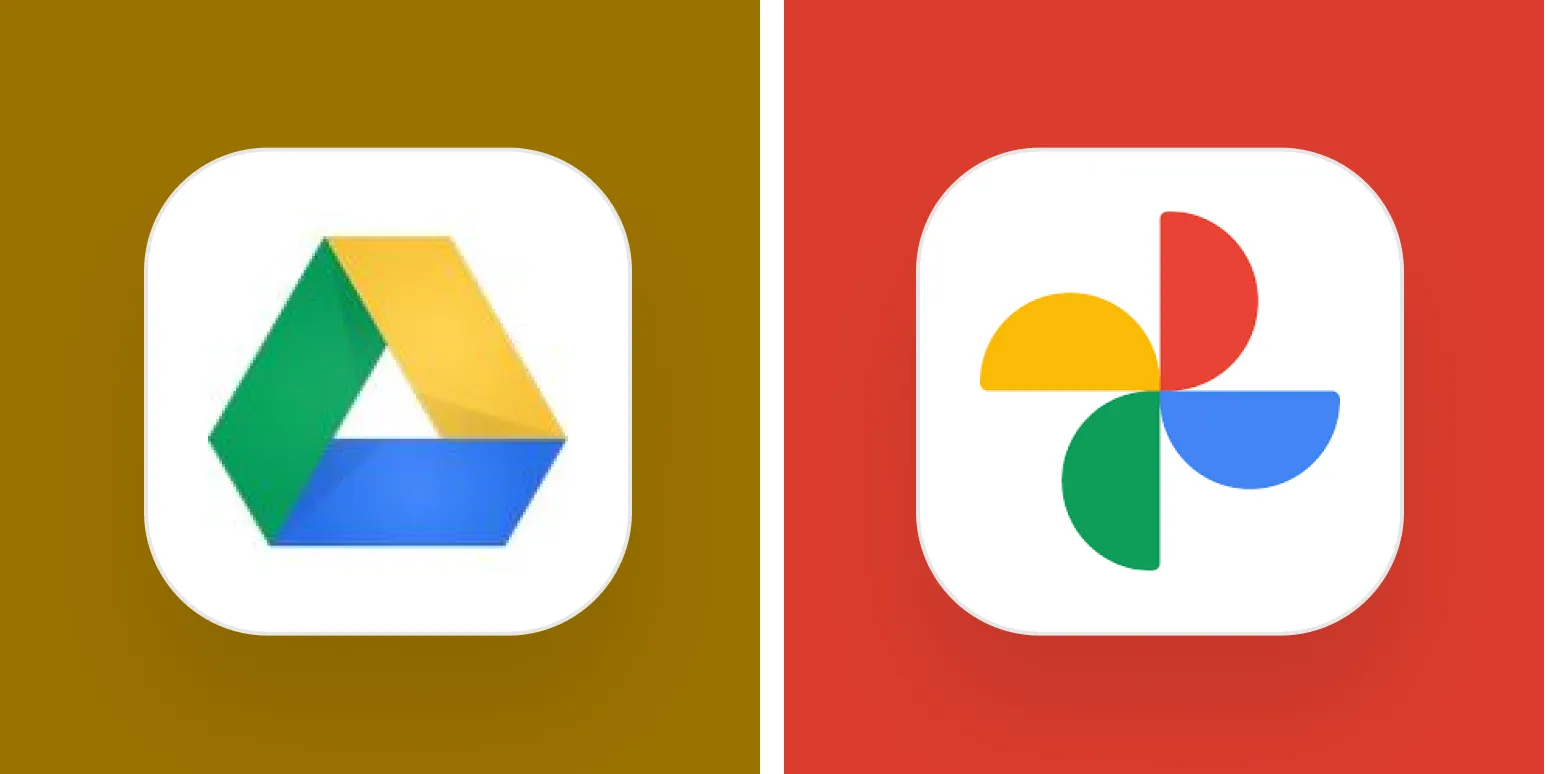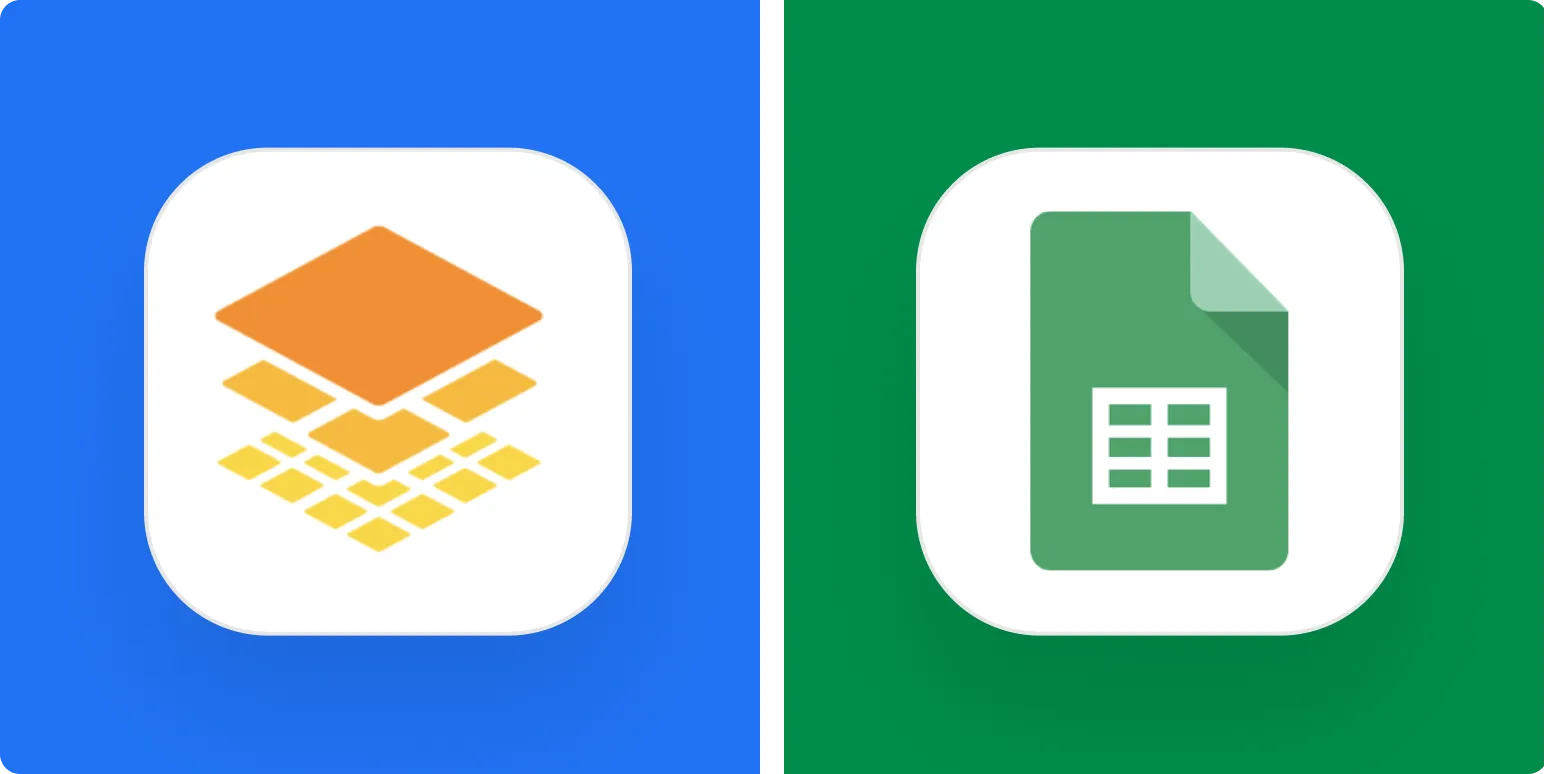Airtable Overview
Airtable is a versatile cloud collaboration tool that combines the functionalities of a database with a spreadsheet interface. It allows users to organize anything from project plans to personal tasks in a visually appealing way. With its customizable templates, Airtable caters to a variety of industries, including marketing, product development, and event planning. Key features include:
- Customizable Views: Users can switch between grid, kanban, gallery, and calendar views for better visualization.
- Rich Field Types: Airtable supports attachments, checkboxes, dropdowns, and links to other tables, enhancing data organization.
- Collaboration Tools: Teams can comment on records, share bases, and assign tasks to streamline workflows.
Asana Overview
Asana is a robust project management tool designed to help teams track work and manage projects efficiently. It is built for task management, allowing users to break down projects into actionable tasks, set deadlines, and assign them to team members. Some notable features include:
- Task Management: Create tasks, set due dates, and prioritize them to ensure project milestones are met.
- Timeline View: Visualize project timelines with Gantt charts, helping teams stay on track.
- Integration Capabilities: Asana integrates with various tools like Slack, Google Drive, and Microsoft Teams, enhancing productivity.
Comparison Chart: Airtable vs. Asana
| Feature | Airtable | Asana |
|---|---|---|
| Interface | Spreadsheet-like, customizable views | List and board views for task management |
| Task Management | Basic task tracking | Advanced task management with subtasks |
| Collaboration | Commenting and sharing bases | Real-time collaboration on tasks |
| Integrations | Many integrations, but limited compared to Asana | Extensive integrations with third-party apps |
| Pricing | Free tier available, paid plans based on features | Free tier available, premium features in paid plans |
When to Choose Airtable
If your work involves managing data-heavy projects or you require a high degree of customization, '''Airtable''' may be the right choice for you. The ability to create various views and utilize rich field types makes it suitable for:
- Database Management: Perfect for teams needing to store and analyze large amounts of data.
- Project Tracking: Useful for teams that need to visualize projects through different perspectives.
- Creative Projects: Ideal for marketing and creative teams that value aesthetics and flexibility.
Airtable is particularly beneficial for teams that prioritize data organization and require a tool that can adapt to various workflows.
When to Choose Asana
On the other hand, if your primary focus is on task management and team collaboration, then '''Asana''' is likely the better option. Asana excels in scenarios where:
- Project Management: Teams that require detailed task assignments and progress tracking will find Asana's features invaluable.
- Agile Methodologies: Ideal for teams using Agile or Scrum methodologies that focus on task completion and iterative progress.
- Deadline-Driven Projects: Asana’s timeline and calendar features help teams meet deadlines efficiently.
Asana is designed for teams that need a structured approach to project management with strong task-tracking capabilities.
Final Thoughts
Both '''Airtable''' and '''Asana''' offer unique features catering to different project management needs. Your choice should depend on the specific requirements of your team and the nature of your projects. If you value customization and visual data representation, Airtable could be your go-to app. However, if your focus is on efficient task management and collaboration, Asana may be the better fit.
Ultimately, it may be worthwhile to try out both platforms. Both offer free tiers that allow you to explore their functionalities and find which aligns best with your workflow. Remember, the right tool can significantly enhance productivity and streamline your processes.





